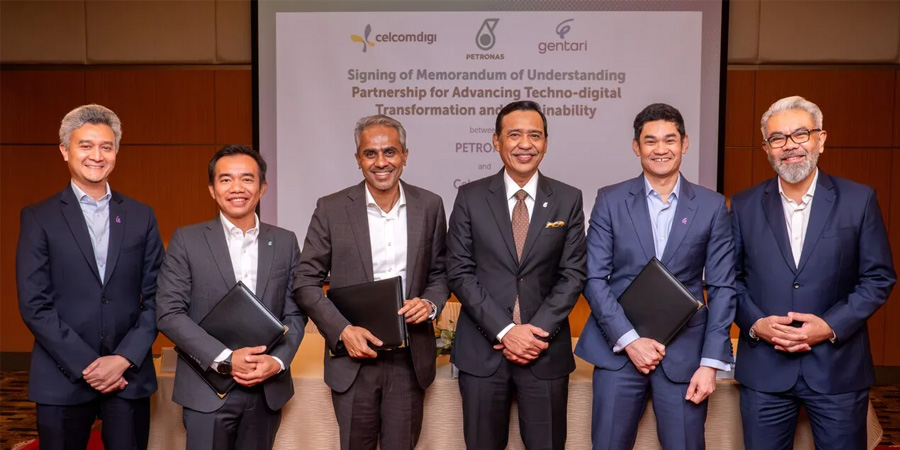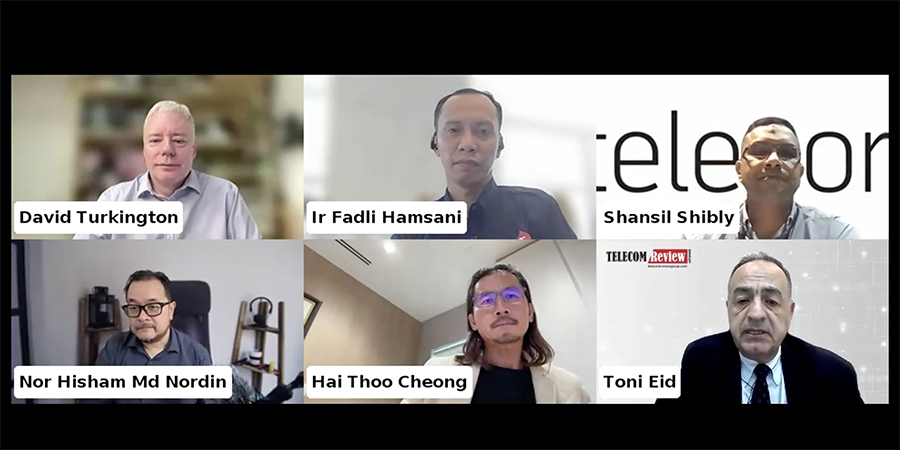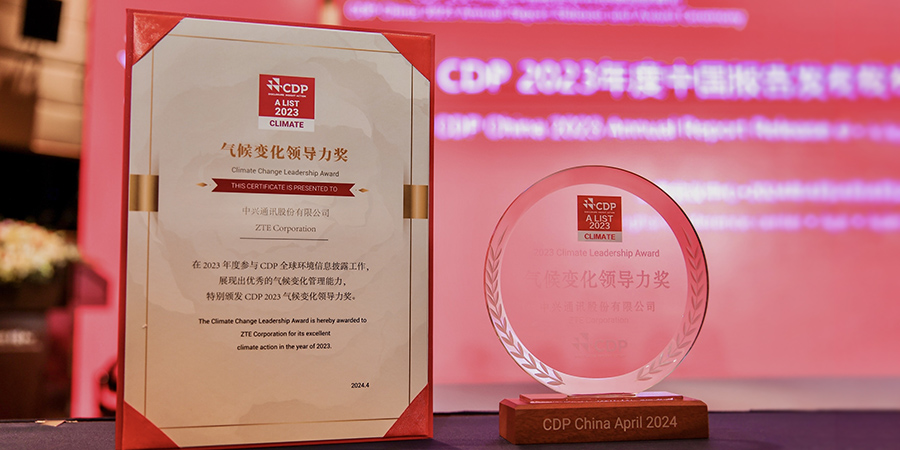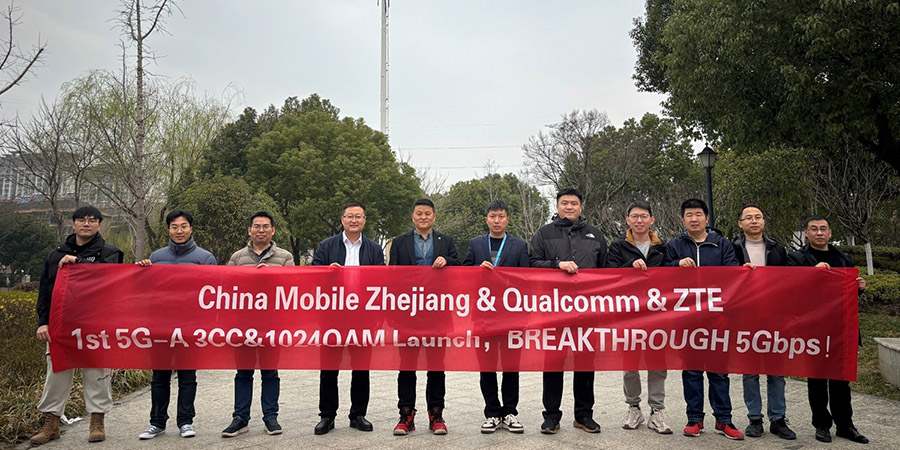Mobile Virtual Network Operators (MVNOs) play a significant role in the telecommunications industry by offering services without owning the underlying network infrastructure. In the Asia Pacific (APAC) region, the MVNO market witnessed steady growth due to increasing consumer demand for flexible and cost-effective mobile services. However, entering and operating in the APAC MVNO market comes with its own set of challenges, primarily revolving around regulatory frameworks and market dynamics.
The Role of Regulatory Frameworks
Regulatory frameworks for MVNOs vary across APAC countries, reflecting diverse market conditions and policy objectives. Some countries have well-established regulatory regimes that facilitate MVNO operations, while others impose stringent regulations that may act as barriers to entry.
In Japan, for instance, the government has actively promoted MVNOs as a means to enhance competition and innovation in the telecom sector. The regulatory environment in Japan is relatively favorable for MVNOs, with clear guidelines on licensing, spectrum allocation, and interconnection arrangements.
Similarly, Australia has a mature MVNO market, supported by a liberal regulatory framework. The Australian Communications and Media Authority (ACMA) regulates MVNOs, ensuring fair competition and consumer protection. MVNOs in Australia benefit from access to wholesale network services provided by major carriers.
On the other hand, countries like India and China have more complex regulatory landscapes, with stringent licensing requirements and restrictions on foreign ownership. In India, MVNOs are governed by the Department of Telecommunications (DoT) and must obtain a Unified License to operate. Foreign ownership in Indian MVNOs is capped at 74%, subject to government approval.
In China, MVNOs face challenges related to regulatory restrictions and intense competition from state-owned operators. The Chinese government tightly controls the telecom sector, making it difficult for MVNOs to enter and thrive in the market.
The Role of Spectrum Access and Interconnection
Access to spectrum and interconnection with existing network operators are critical issues for MVNOs in APAC countries. Spectrum allocation policies vary widely across the region, with some countries offering favorable arrangements for MVNOs to access spectrum, while others prioritize allocation to incumbent operators.
Interconnection arrangements between MVNOs and Mobile Network Operators (MNOs) also influence market entry and competitiveness. Clear guidelines regarding interconnection rates, quality of service, and dispute resolution mechanisms are essential to foster a level playing field in the market.
MVNO Market Entry Challenges in the Asia Pacific
Entering the APAC MVNO market poses significant challenges for new entrants. According reports, one of the primary challenges for new entrants is the regulatory environment, which varies widely across APAC countries. Navigating complex licensing requirements, spectrum regulations, and interconnection agreements requires substantial time and resources.
Additionally, intense competition from established MNOs and other MVNOs complicates market entry efforts. Building brand awareness and distribution channels amidst fierce competition is another formidable challenge for MVNOs in APAC countries. Furthermore, MVNOs must invest in infrastructure and technological innovations to remain competitive in the dynamic APAC telecom market.
The APAC region is home to highly competitive telecom markets and is characterized by the presence of established MNOs and emerging MVNOs. New entrants face the challenge of differentiating their services and acquiring subscribers within a saturated marketplace. Established MNOs often have strong brand recognition and extensive infrastructure, making it challenging for MVNOs to compete solely on price or network quality.
Furthermore, unlike MNOs, MVNOs do not own network infrastructure, relying instead on wholesale access to existing networks. However, investing in back-end systems, customer support, and marketing activities still entails significant costs for MVNOs. Securing reliable wholesale agreements with MNOs is essential but may require upfront investments or revenue-sharing arrangements.
Finally, building brand awareness and establishing distribution channels are crucial for MVNOs to attract customers and scale. However, competing with established MNOs and other MVNOs with a strong brand presence poses a formidable challenge. MVNOs must devise effective marketing strategies and partnerships to reach their target audience and gain market share.
Regulatory Hurdles and Compliance
Navigating complex regulatory requirements poses a significant challenge for MVNOs seeking to enter APAC markets. Obtaining licenses, complying with spectrum regulations, and negotiating interconnection agreements requires substantial time and resources. Regulatory uncertainty adds to the complexity as policies may change over time, affecting the viability of MVNO business models.
In Australia, the Australian Communications and Media Authority (ACMA) enforces regulations outlined in the Telecommunications Act 1997. Japan's Ministry of Internal Affairs and Communications (MIC) oversees compliance with the Telecommunications Business Act, while in South Korea, the Korea Communications Commission (KCC) regulates under the same act. Taiwan's National Communications Commission (NCC) administers regulations within the Telecommunications Act, and Singapore's Infocomm Media Development Authority (IMDA) enforces compliance with the Telecommunications Act.
Hong Kong's Office of the Communications Authority (OFCA) ensures adherence to the Telecommunications Ordinance, while in the Philippines, the National Telecommunications Commission (NTC) implements regulations under the Public Telecommunications Policy Act. In India, the Telecom Regulatory Authority of India (TRAI) governs MVNOs through the Unified License Framework. These regulations encompass licensing, spectrum allocation, interconnection agreements, quality of service standards, and consumer protection measures.
Compliance with telecom regulations and consumer protection laws is non-negotiable for MVNOs operating in APAC countries. Ensuring data privacy, network security, and adherence to licensing conditions are essential aspects of regulatory compliance. MVNOs must allocate resources for legal counsel and regulatory affairs to navigate the complex regulatory landscape effectively.
The Asia Pacific presents lucrative opportunities for MVNOs looking to enter dynamic and rapidly growing telecom markets. However, navigating regulatory frameworks and overcoming market entry challenges require careful planning and strategic execution. By understanding the regulatory landscape, addressing competitive pressures, and investing in infrastructure and branding, MVNOs can position themselves for success in APAC countries. Collaboration with local partners, innovative service offerings, and a customer-centric approach are key to thriving in the competitive APAC MVNO landscape.
















































